
“Let’s talk about Autonomous Greenhouse”



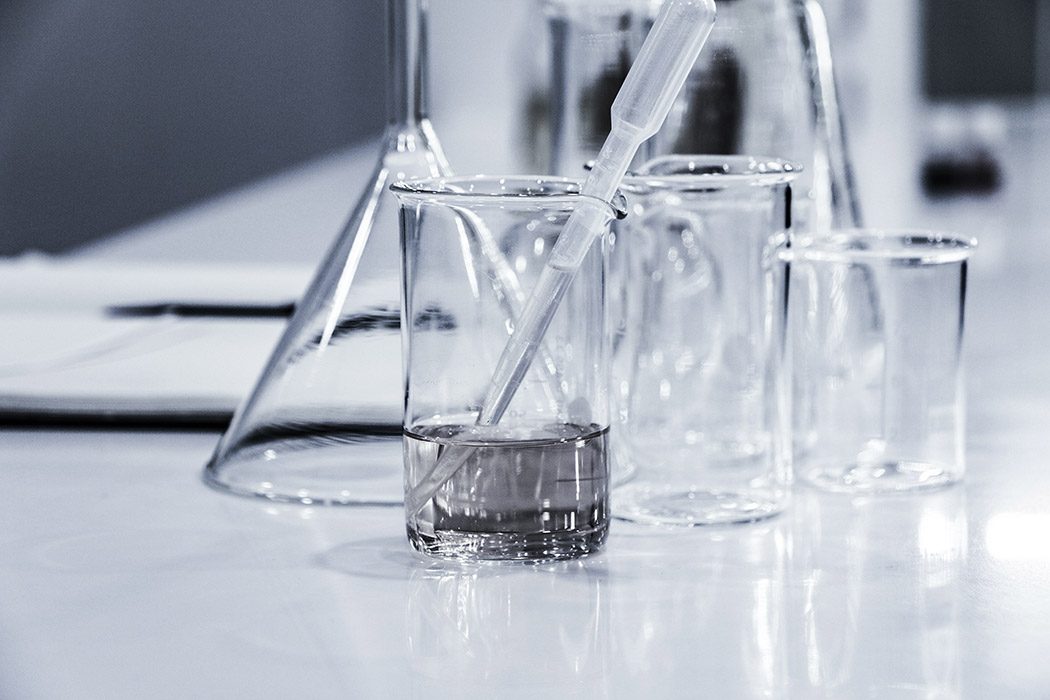
Before you dive into hydroponics one of the first things you should do is have your water source analyzed by a reputable lab. The water can be municipal, from a well or other source depending on your location. A quick internet search can be done to find a testing facility near you. They will provide you instructions for sending in your samples and tell you their cost for an analysis which normally ranges between $35-$55. If you are buying property, a water test can also help you decide if the property will work for your intentions, just like a farmer might get a soil test before buying farmland. Knowing if a water treatment system is needed before you get started can end up saving your crop and a lot of trouble in the long run especially in a closed or recirculating system.
Continue reading How does testing your water save you money?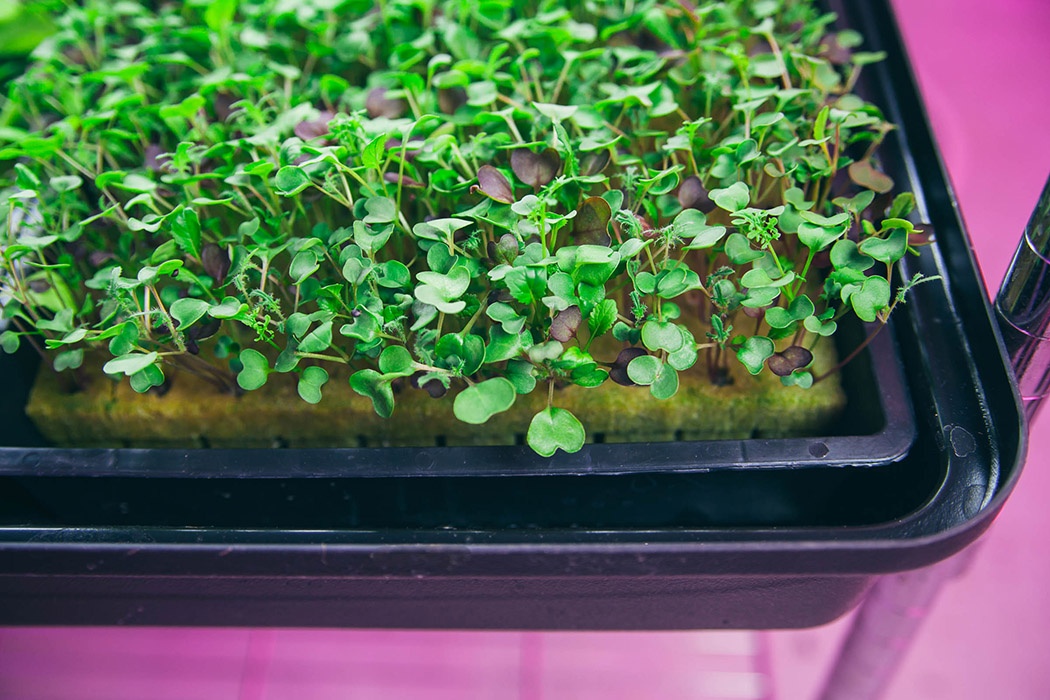
Microgreens can be a great option when selecting a product to start a small business or to expand your current market. Why? Microgreens are relatively easy to grow in comparison to other crops and cycles are very short. Therefore, you can quickly learn and improve your production technique, correct mistakes and become a good microgreens producer.
Continue reading Microgreens Production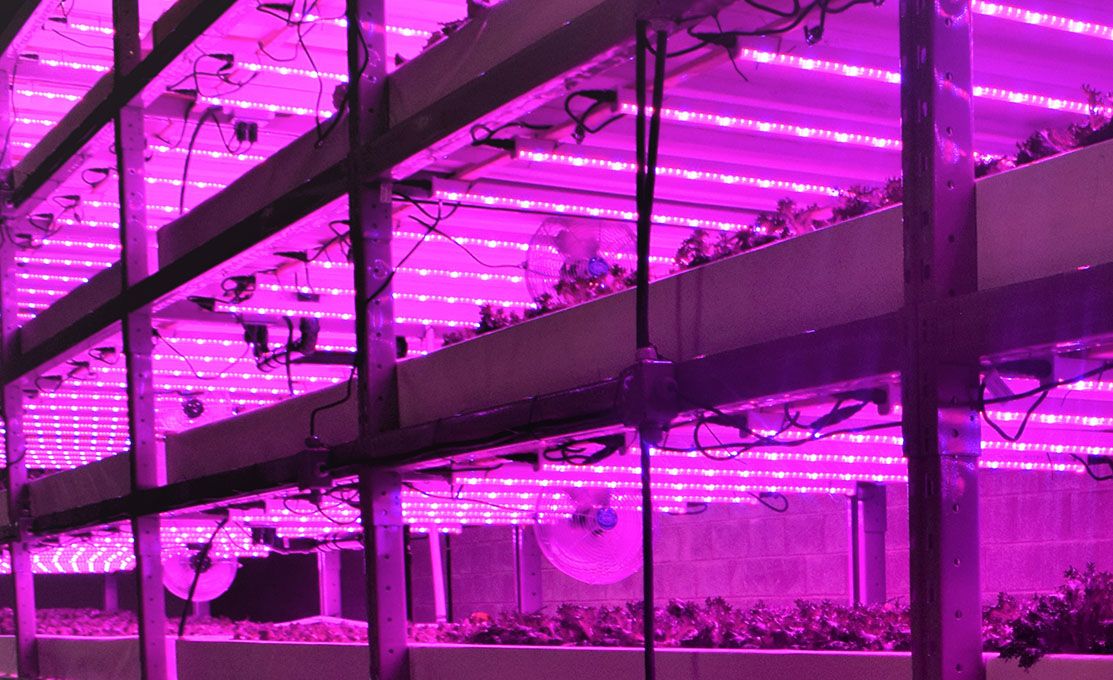
Lamp selection when speaking about plant production in the horticulture or floriculture field is a very important decision. Lamps can be a good investment when we ask ourselves the correct questions. When working with artificial lighting we first need to analyze the requirements of our growing system and our crop.
Continue reading What do you need to know before purchasing a lamp for horticultural lighting?
Continue reading Grodan new whitepaper on mineral wool efficiency
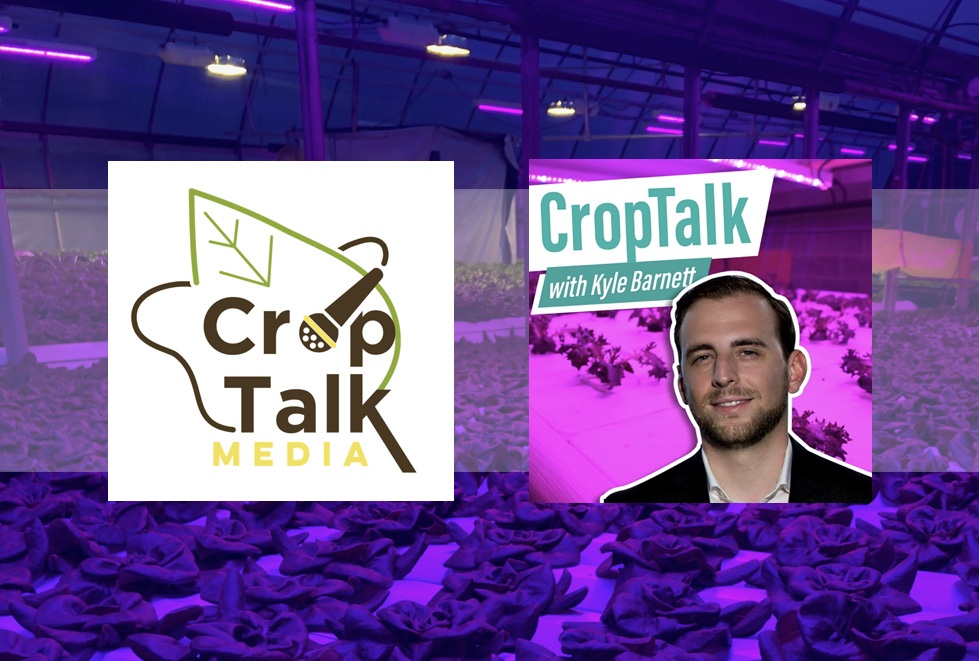
In this two-part episode of the CropTalk series, #KyleTalksAgTech, Kyle Barnett speaks with Robert Spivock, Director of Technology at GE Current about what makes an LED horticulture light truly reliable, using cars as a reference point for the listeners.
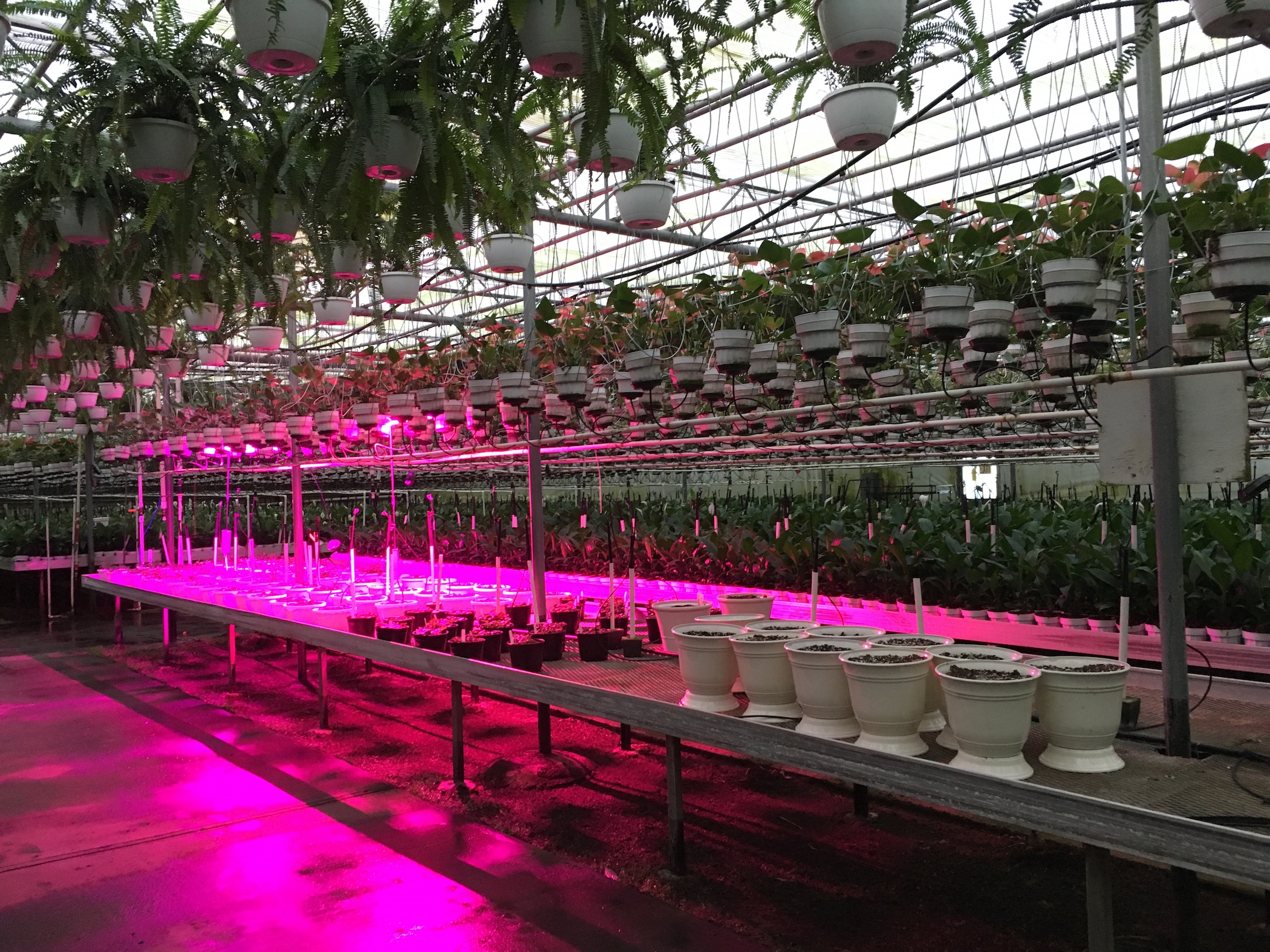
Originally published by GE Current, a Daintree Company
Dominik Neisser has horticulture in his blood. His parents had a greenhouse in Germany while he was growing up and maintain it to this day, laying the foundation for a life spent studying and growing plants across the world. “This is how I was born and raised,” Neisser said. “I was always with plants and got to know the business around it, so I decided to join that branch and go into horticulture.”
Continue reading Small Test, Big Results: LED Grow Lights Help Bloom Show-Stopping Plants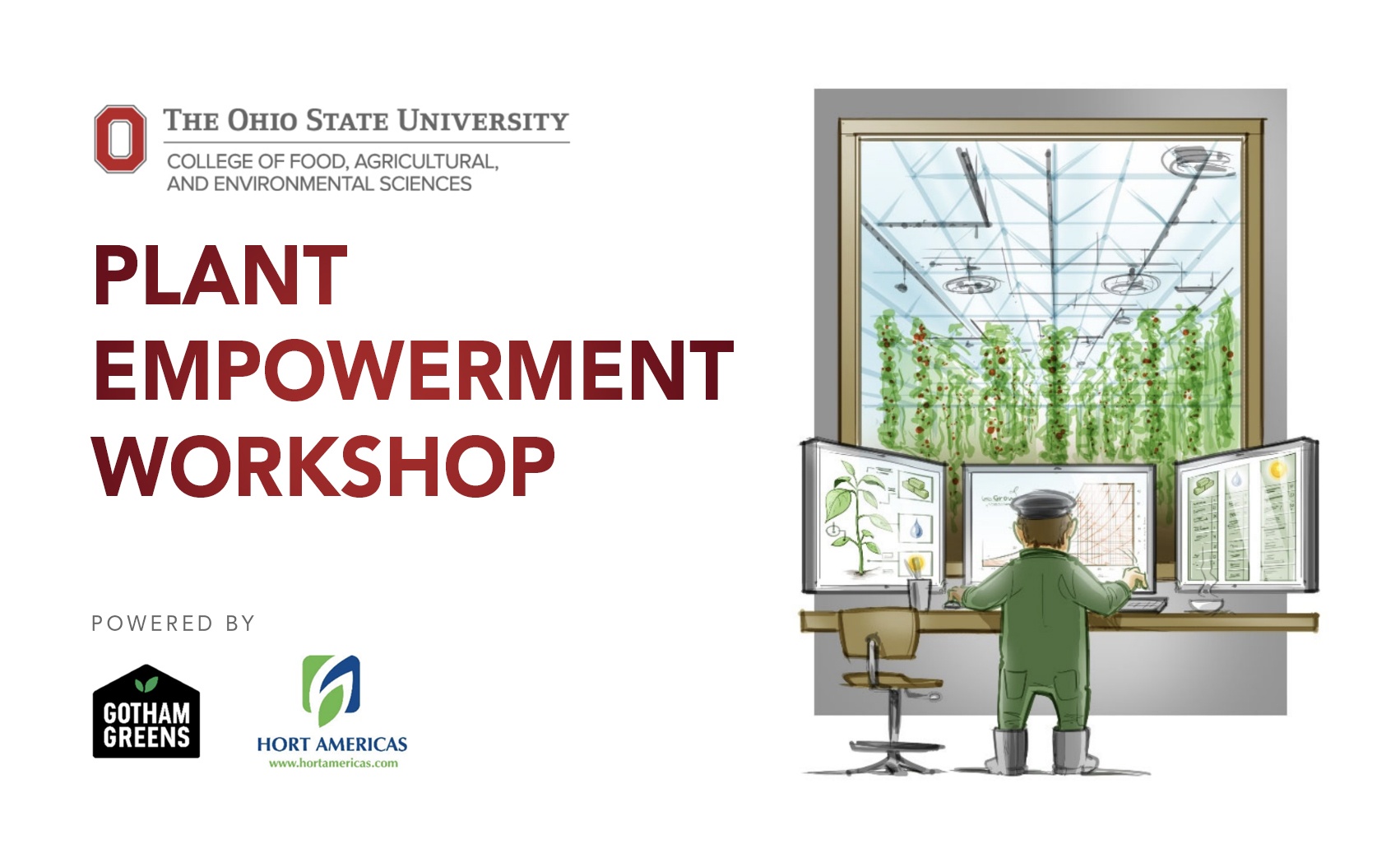
The Ohio State University, in partnership with Gotham Greens and Hort Americas, will be organizing the Plant Empowerment Workshop Online on July 9-10 , 2020 (10am – 2:30pm EDT).
Continue reading The Ohio State University Empowerment Plant Workshop, July 2020 – NOW ONLINE
Authored by Robert Spivock, Director of Technology, GE Current, a Daintree company
In our last GE Current article, we talked about reliability as the concept of building a quality product to last over time. The next step is to look at how to build reliable LED fixtures.
Continue reading How to Build a Reliable Horticulture LED Fixture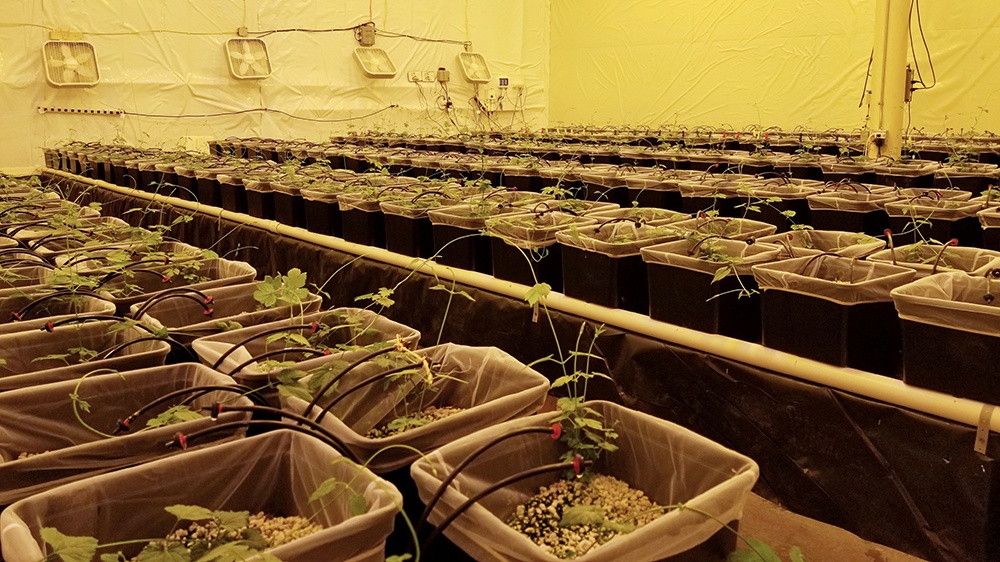
By Deidre Hughes
When you think of hydroponically grown crops, hops may not be the first thing that comes to mind. But innovators Corey and Laura Rickman have a dream, and Hort Americas is helping them along the way. With the craft beer industry growing all over the country there is a demand for wet hops in beer production. However, traditionally hops have been grown outdoors in the North Pacific region. Wet hops or fresh hops have a very short shelf life, and they need to be shipped overnight to make it to breweries across the US. This can be quite expensive. The Rickman’s started thinking, what if they could be the supplier to the numerous breweries that are local to the Dallas/ Fort Worth area? What if they could have multiple harvests a year by controlling the environment? That idea started Dallas HopWorks.
Continue reading Breaking boundaries with indoor locally-grown hops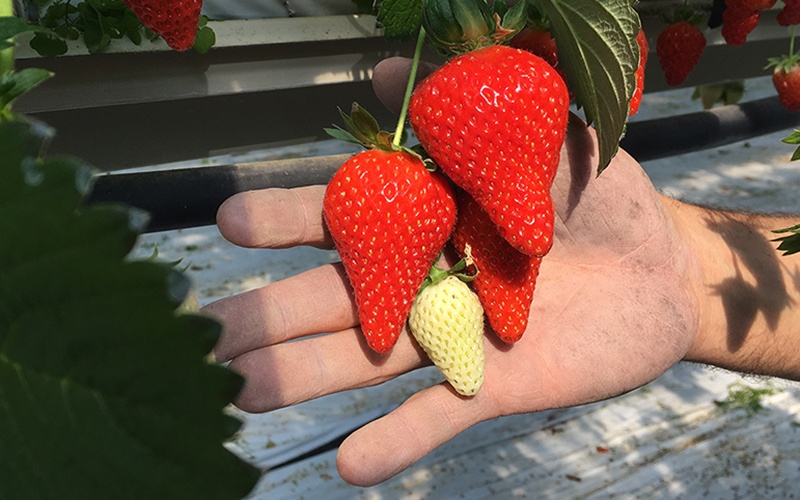
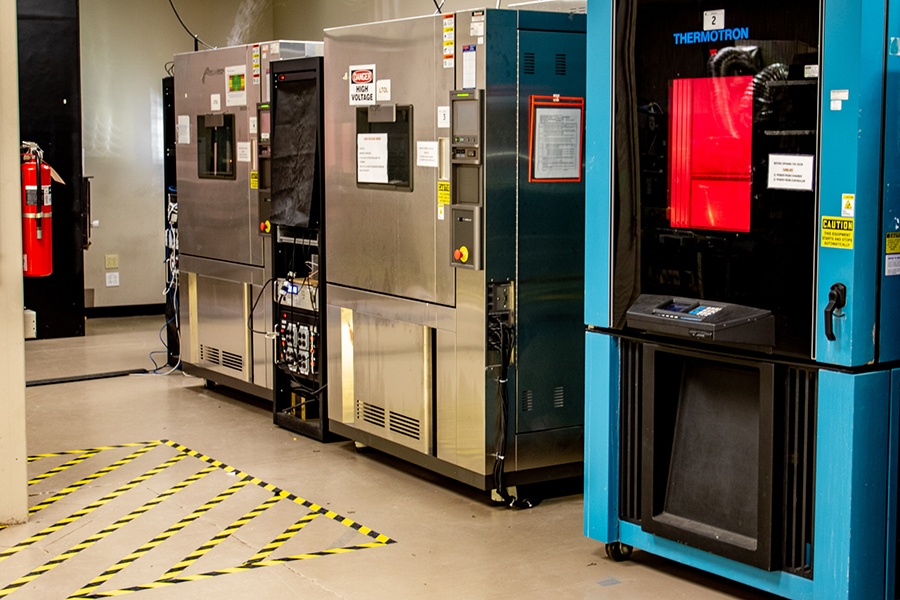
Photo: The Accelerated Product Life Test Labs at Current
Authored by Robert Spivock, Director of Technology, GE Current, a Daintree company
Continue reading Changing the Definition of LED Reliability in Horticulture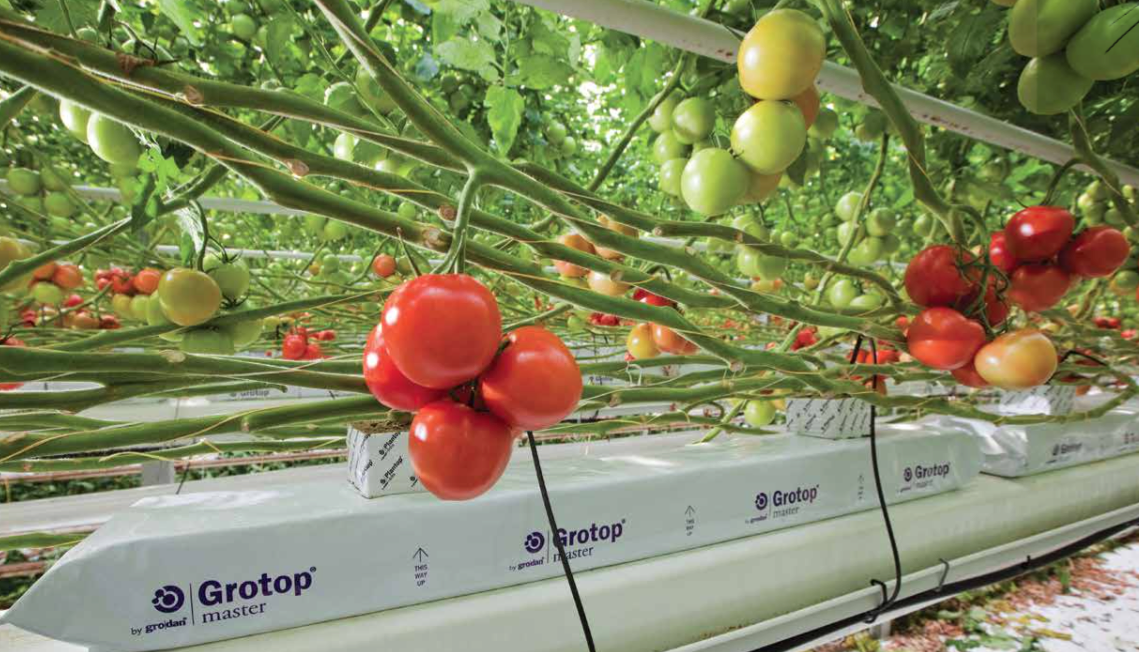
By Karla Garcia and Deidre Hughes
Substrates are a key element in hydroponic systems. As growers, we must learn the needs of the hydroponic system and crop. Crops and hydroponic systems demand particular characteristics from growing substrates.
Continue reading Mastering the use of Substrates in Hydroponics
In horticulture there are always challenges when growing a crop. One of the most common challenges faced by growers is the risk of pest incidence on their crop. But, how can we prevent pests? How can we control an infected crop?
Continue reading Mastering Crop Protection: Integrated Pest Management Strategies for CEA

By Karla Garcia and Deidre Hughes
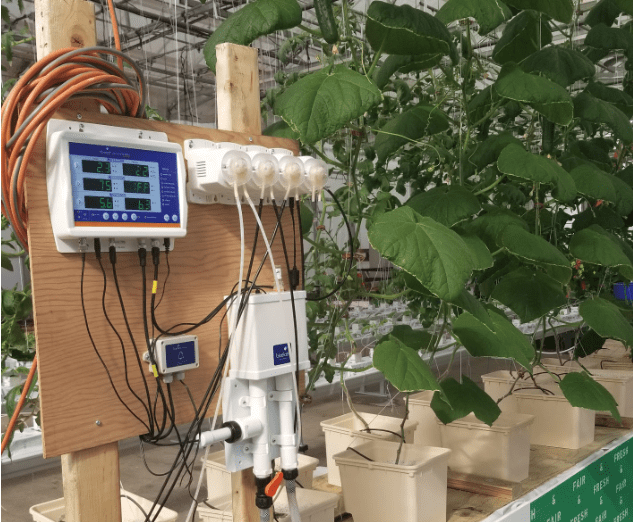
By Deidre Hughes
A too often overlooked aspect of hydroponics is the importance of maintaining a steady and proper pH in your nutrient solution. One whole number increase or decrease in pH (ex. 6.0 to 7.0) is actually ten times either more acidic or more alkaline depending on which direction the number moves. The pH scale ranges from 0-14 with 0 being the most acidic, 7 being neutral and 14 being alkaline. Most plants thrive in a pH between 5.5 and 6.5. This is because the pH affects nutrient uptake by a plant’s roots. A lower (acidic) pH can affect the availability of Mg, P and/or Ca. On the flipside, a higher pH (alkaline) can affect the availability of micronutrients such as Fe (iron), Cu (copper), B (boron), Zn (zinc) and Mn (manganese). Certain plants have greater need for specific elements, therefore, will have a pH “preference”. Before planting a crop do proper research to determine what the needs and recommendations for your crop are. Then adjust, monitor and maintain your pH for consistent growth.
Continue reading Nutrient Solution Monitoring with Bluelab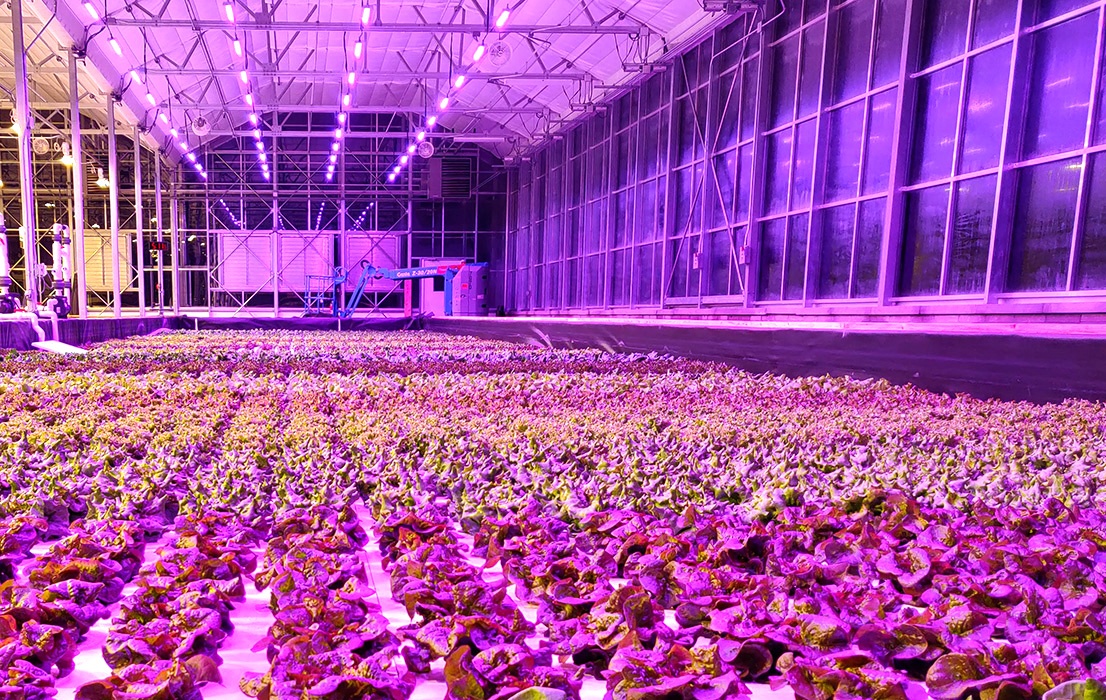
All crops have specific light requirements. By knowing minimum and optimum levels of light for our crop we can manage our environment to improve crop performance. When the ambient light exposure is below the minimum requirements we need to apply supplemental lighting in order to maintain our crop production at a healthy and consistent pace.
Continue reading Mastering Light Management: Optimizing Crop Performance
You must be logged in to post a comment.